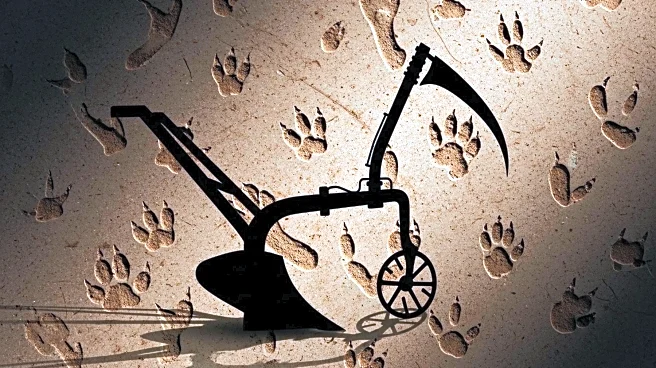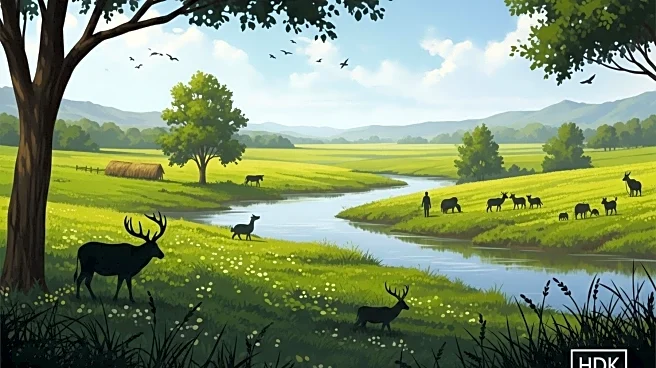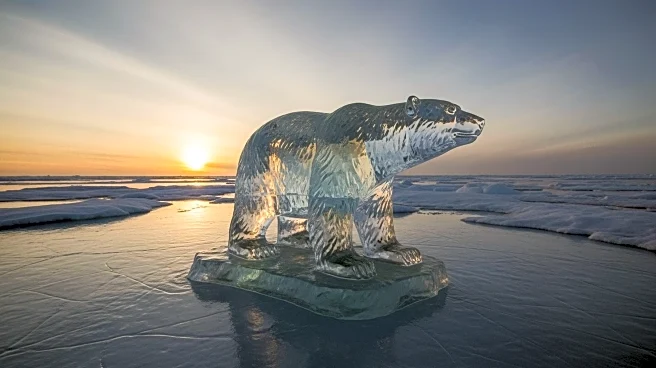What's Happening?
A new study has revealed how human activities, particularly farming, have reshaped animal communities worldwide during the Holocene era. Researchers examined fossil records from six continents, analyzing over 350 fossil and archaeological mammal species spanning about 50,000 years. The study found that before agriculture, mammal communities were primarily shaped by climate and geography. However, as humans transitioned from hunting to farming, these patterns were altered. The introduction of domesticated animals, such as cattle, sheep, pigs, and horses, played a significant role in reorganizing ecosystems. The study highlights that just 12 domestication events were crucial in shaping mammal communities, with domesticated species appearing at roughly half of the Holocene sites analyzed.
Why It's Important?
The findings underscore the profound impact of human activities on ecosystems, with farming and domestication altering natural patterns that had persisted for millennia. This reorganization of animal communities has ongoing implications for conservation efforts, as modern landscapes have been significantly shaped by past human choices. The study provides valuable insights into how domesticated species have contributed to the homogenization of ecosystems, linking distant regions through shared livestock. Understanding these historical changes is crucial for setting realistic conservation goals and developing strategies to manage and restore biodiversity in affected areas.
Beyond the Headlines
The study highlights the ethical and ecological challenges of managing landscapes that have been extensively altered by human activities. It raises questions about the feasibility of restoring original ecosystems and the need for innovative conservation approaches that account for the presence of domesticated species. The research also emphasizes the importance of considering historical human impacts when designing protected areas and reintroduction plans. As modern conservation efforts grapple with the legacy of past human actions, this study provides a framework for understanding the long-term consequences of agricultural practices on biodiversity.











